
Bolt By Sprint Creative - E-commerce Ad Strategy Tool
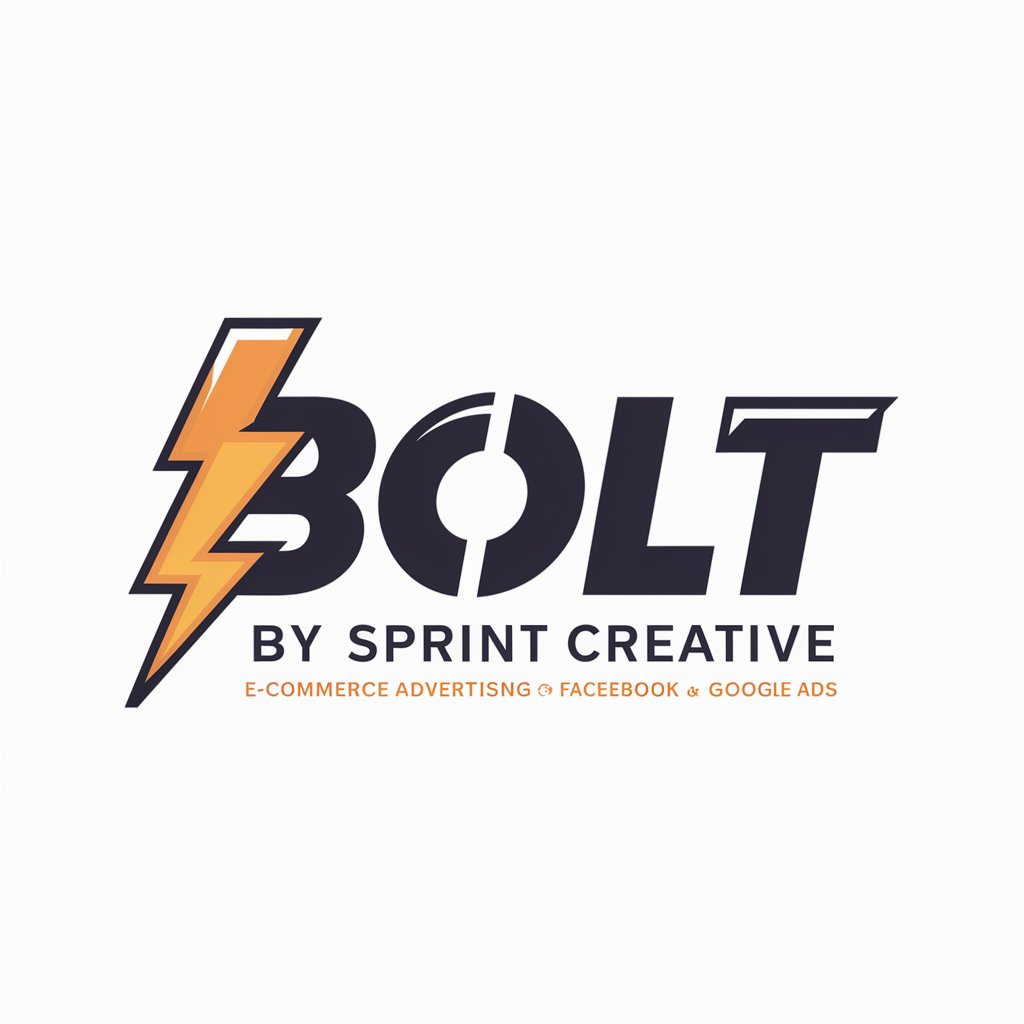
Welcome to Bolt By Sprint Creative, your partner in e-commerce ad success!
Maximize ad impact with AI-driven insights.
Design a high-converting Facebook Ad campaign for a new e-commerce store...
Outline a Google Ads strategy for maximizing ROI on a limited budget...
Create a comprehensive ad testing plan for Facebook using a $1000 budget...
Develop a Performance Max campaign for a niche product in Google Ads...
Get Embed Code
Introduction to Bolt By Sprint Creative
Bolt By Sprint Creative is an advanced AI-driven tool designed to optimize e-commerce advertising efforts across two major platforms: Facebook and Google Ads. Its core functionality revolves around the strategic allocation of advertising budgets, ensuring that funds are used efficiently to maximize return on investment (ROI). A key aspect of Bolt's methodology is the 'Bolt Campaign Structure', which emphasizes a specific budget distribution for Facebook Ads—30% to Testing Campaigns for experimenting with ad creatives, and 70% to Scaling Campaigns for amplifying the reach of best-performing ads. For Google Ads, Bolt focuses on implementing Performance Max campaigns, Shopping campaigns, and Search campaigns, tailored to e-commerce needs. An example scenario illustrating Bolt's utility involves an e-commerce brand looking to expand its online presence. Bolt would analyze the brand's budget, dividing it between Facebook and Google Ads with a focus on maximizing sales through both exploratory testing and the scaling of successful ad campaigns. Powered by ChatGPT-4o。

Main Functions of Bolt By Sprint Creative
Budget Allocation
Example
For a monthly advertising budget of $10,000, Bolt would allocate a certain percentage to Facebook and Google Ads based on analysis of past performance data and current market trends.
Scenario
An e-commerce store wants to optimize its ad spend. Bolt distributes the budget, ensuring the best possible ROI by leveraging the unique strengths of both advertising platforms.
Testing and Scaling Campaigns on Facebook
Example
Bolt allocates 30% of the Facebook portion of the budget to testing new ad creatives. Upon identifying high performers, 70% is then directed to scaling these successful ads.
Scenario
A new fashion brand seeks to identify its most compelling ad creatives. Bolt systematically tests various ads, then scales up the ones that generate the most engagement and conversions.
Optimizing Google Ads Strategy
Example
Utilizing Performance Max, Shopping, and Search campaigns, Bolt tailors Google Ads strategies to capture users at different stages of the buying process.
Scenario
An electronics retailer needs to increase online sales. Bolt implements a diversified Google Ads strategy to target potential customers effectively, from those beginning their research to those ready to purchase.
Ideal Users of Bolt By Sprint Creative Services
E-commerce Businesses
Online retailers and brands looking to maximize their advertising efficiency and ROI on Facebook and Google Ads. These businesses benefit from Bolt's strategic budget allocation and campaign optimization, enhancing their online sales and visibility.
Digital Marketing Agencies
Agencies managing advertising for multiple clients can leverage Bolt to streamline campaign management, optimize ad spend, and deliver better results to their clients, thus improving client satisfaction and retention.
Startup Brands
Emerging brands with limited marketing budgets seeking to establish a strong online presence. Bolt's efficient budget use and focus on both testing and scaling campaigns make it an ideal tool for startups aiming for rapid growth.

How to Use Bolt By Sprint Creative
Start Your Free Trial
Visit yeschat.ai to access Bolt By Sprint Creative for a free trial, no login or ChatGPT Plus subscription required.
Define Your Budget
Determine your total advertising budget to be split between Facebook and Google Ads according to the Bolt Campaign Structure.
Specify Campaign Goals
Clarify your e-commerce advertising objectives to tailor the budget allocation effectively between Testing and Scaling campaigns on Facebook, and between Performance Max, Shopping, and Search campaigns on Google Ads.
Implement Bolt Campaign Structure
Allocate 30% of the Facebook Ads budget to Testing Campaigns and 70% to Scaling Campaigns. Divide the Google Ads budget across Performance Max, Shopping, and Search campaigns based on your specific goals.
Monitor and Optimize
Regularly review campaign performance to adjust budgets, refine targeting, and optimize ad creatives for maximum ROI.
Try other advanced and practical GPTs
Creative Rewriter
Transform words with AI-powered creativity.
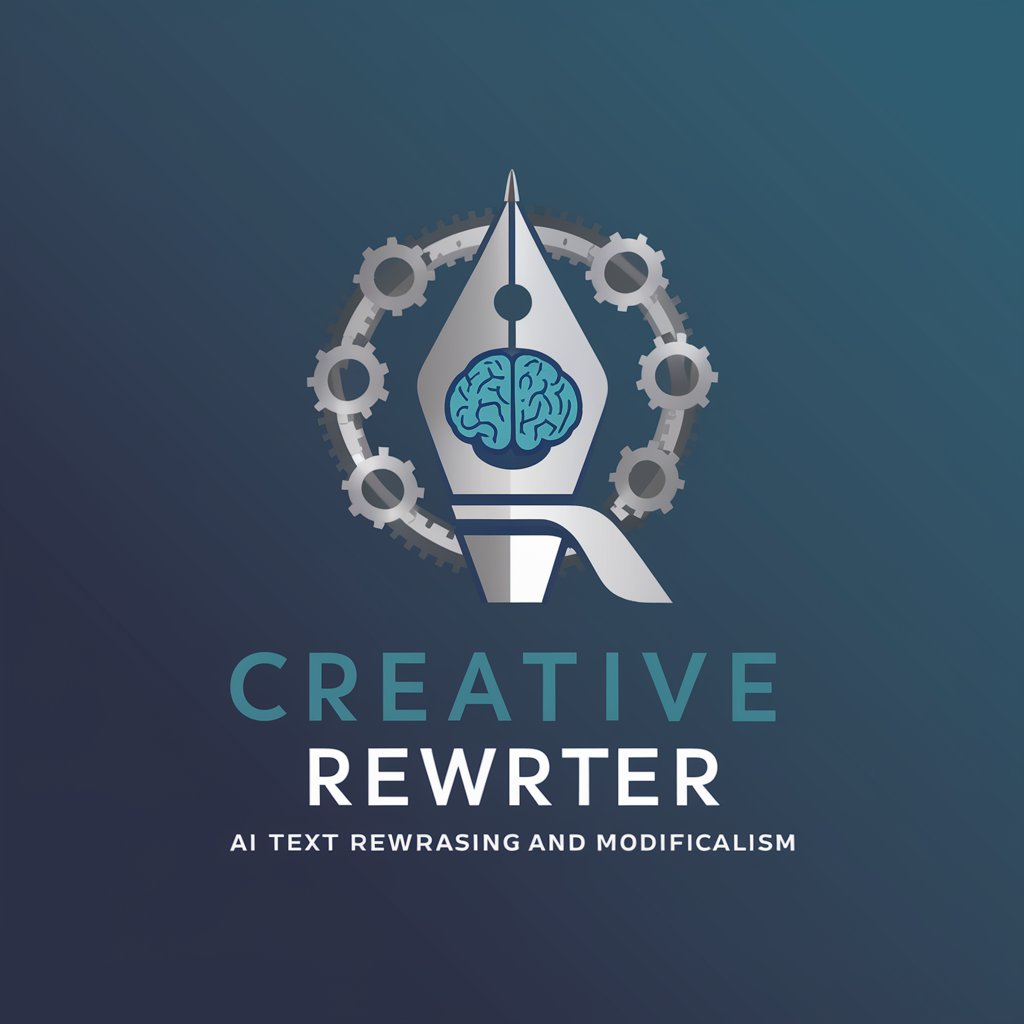
Pix Art
Transform Photos into Artworks with AI
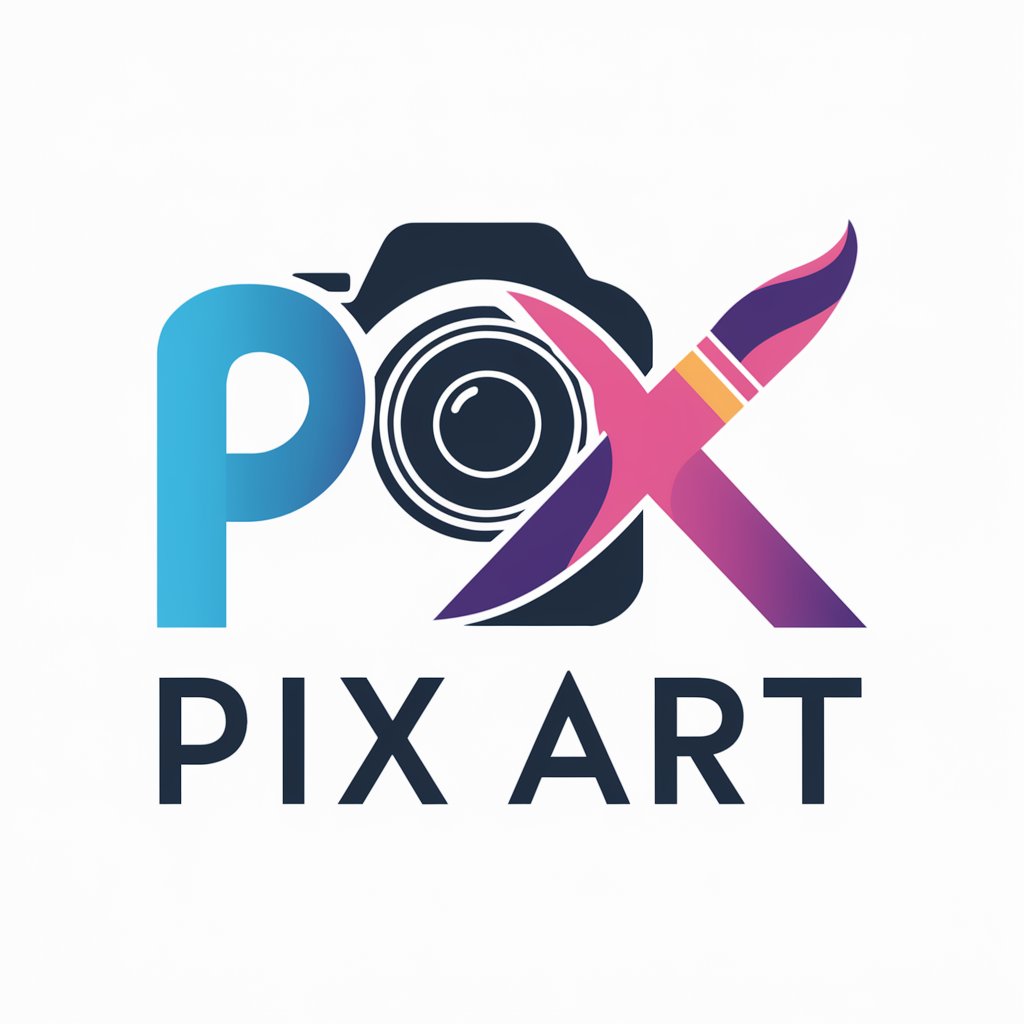
Art Insight
Unlocking the secrets of art with AI

BOOK ANALYSIS
AI-Powered Book Analysis and Insights

Community Prayer!
Connect through prayer, powered by AI
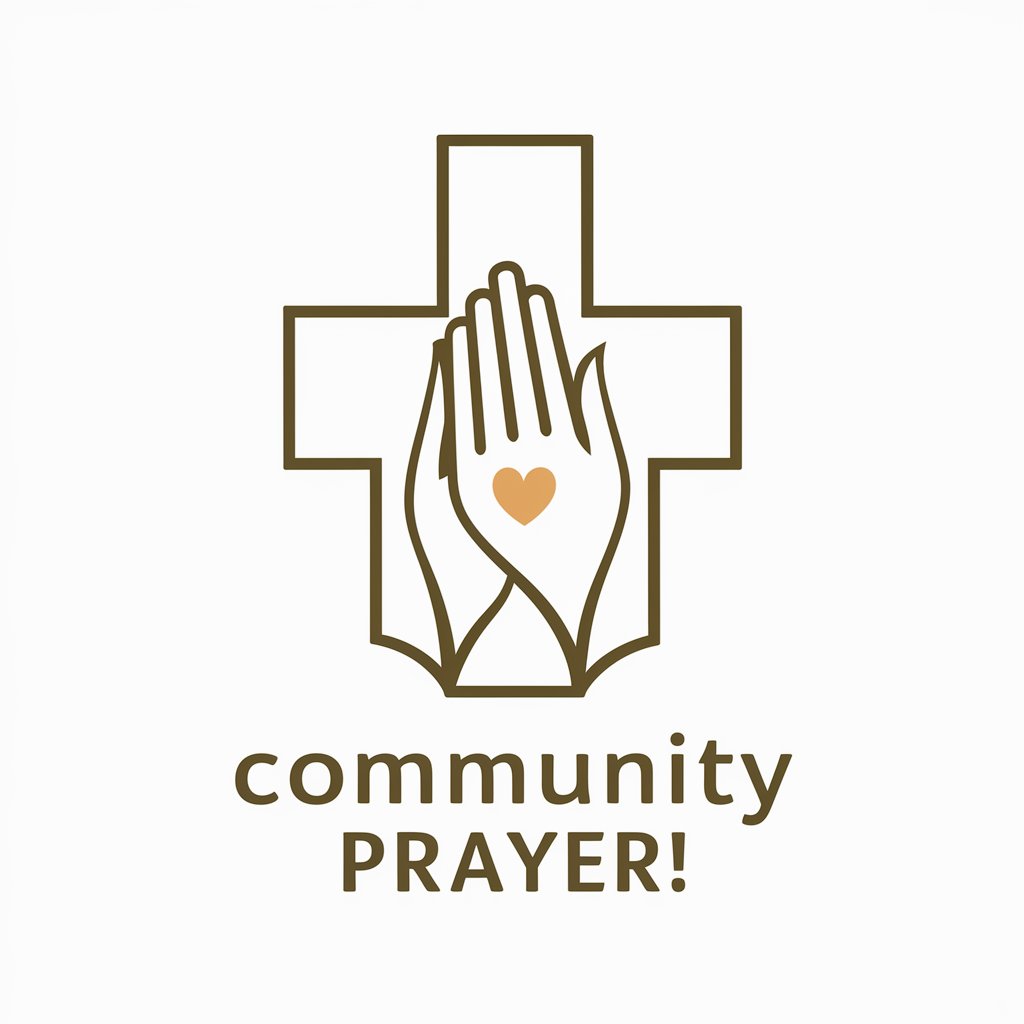
Drawings and sketch wizard
Empowering artists with AI-driven drawing prompts
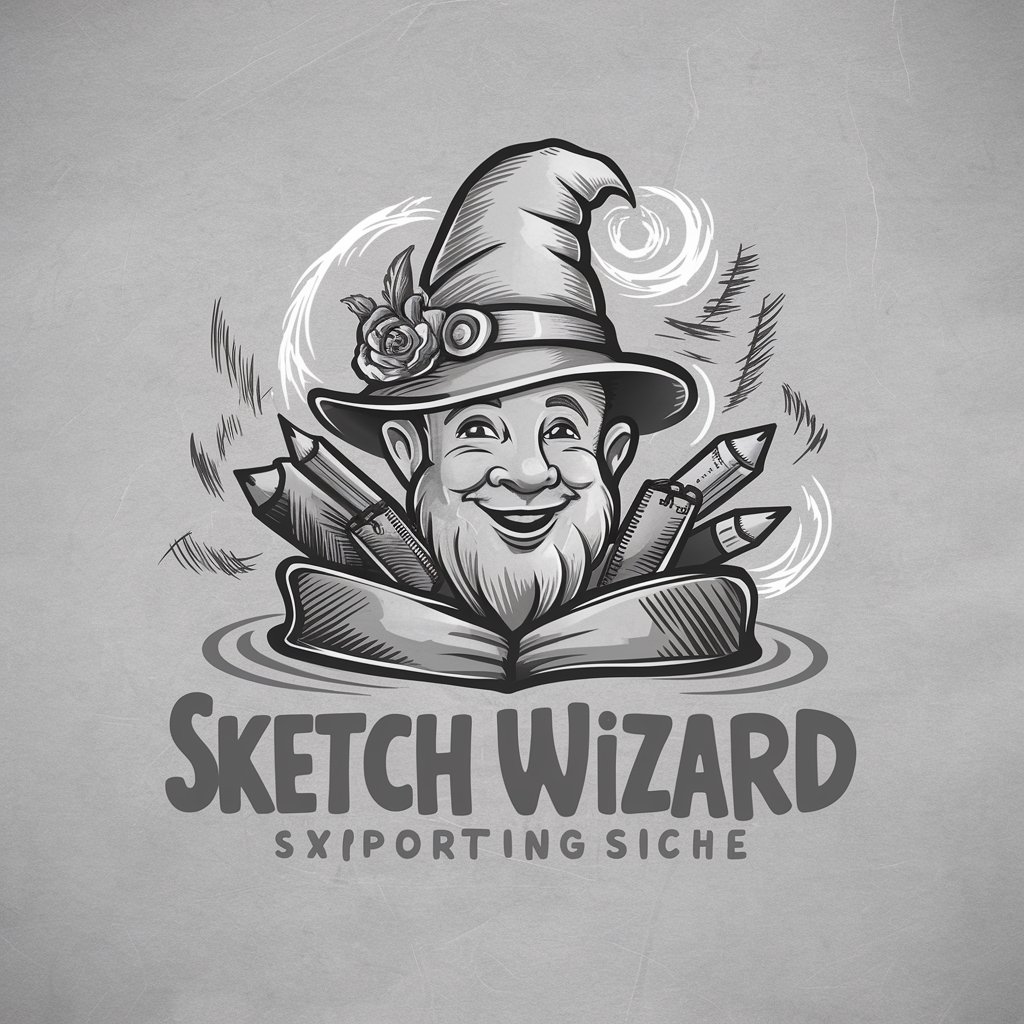
Popular SciWriter
Empowering science and finance storytelling with AI.

Great Scott
Empowering Decisions with AI Wisdom

Cartoonize Photo Expert
Bring Photos to Life with AI-Powered Cartoonization
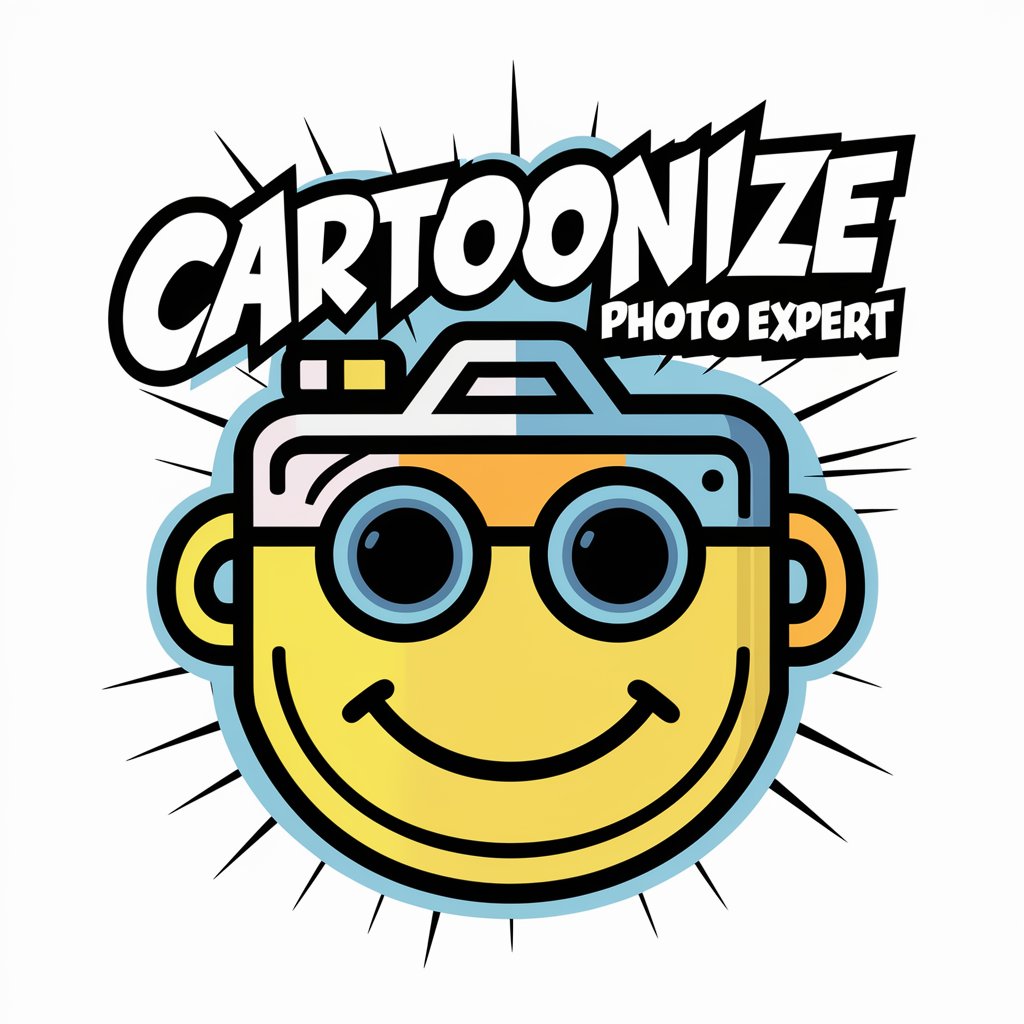
Cartoonize yourself
Transform your photos into Pixar masterpieces.
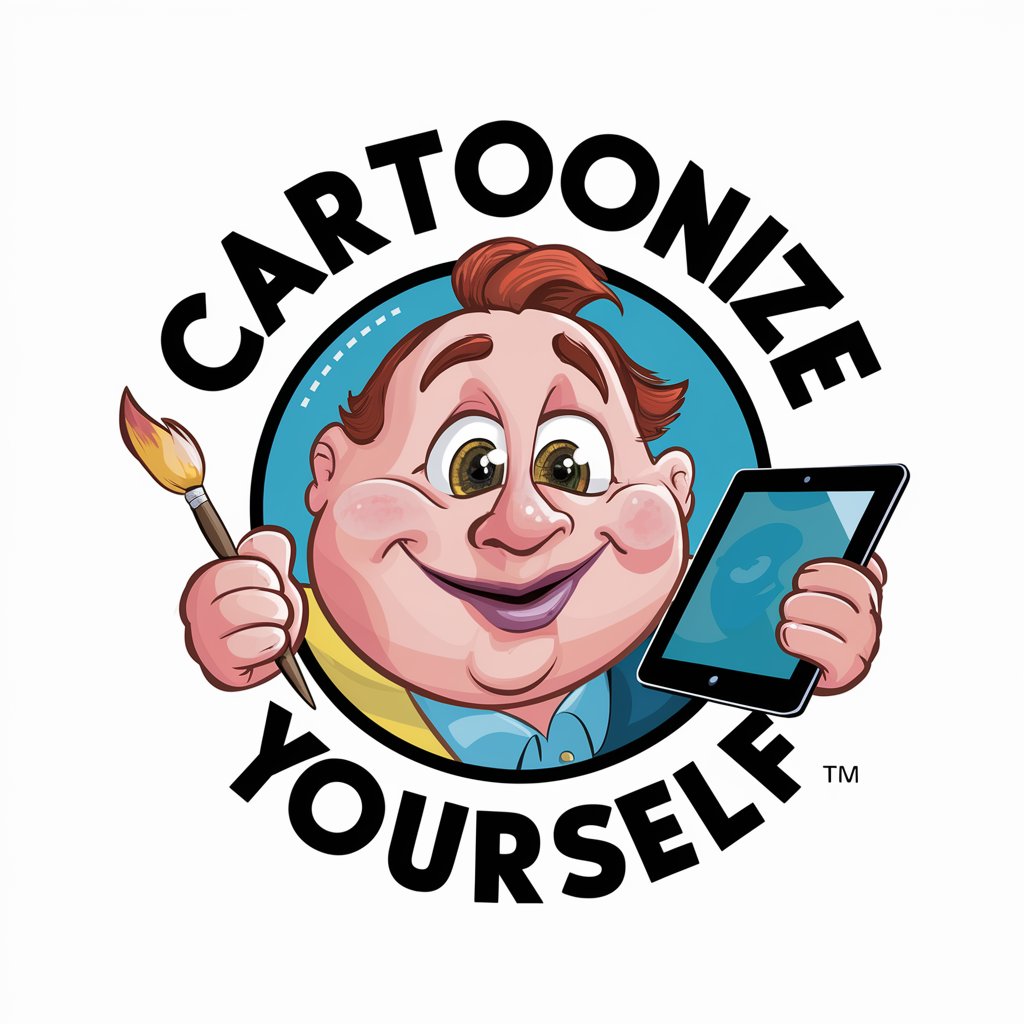
Cartoonize Me (Funny Cartoon)
Turn Photos into Laughter with AI
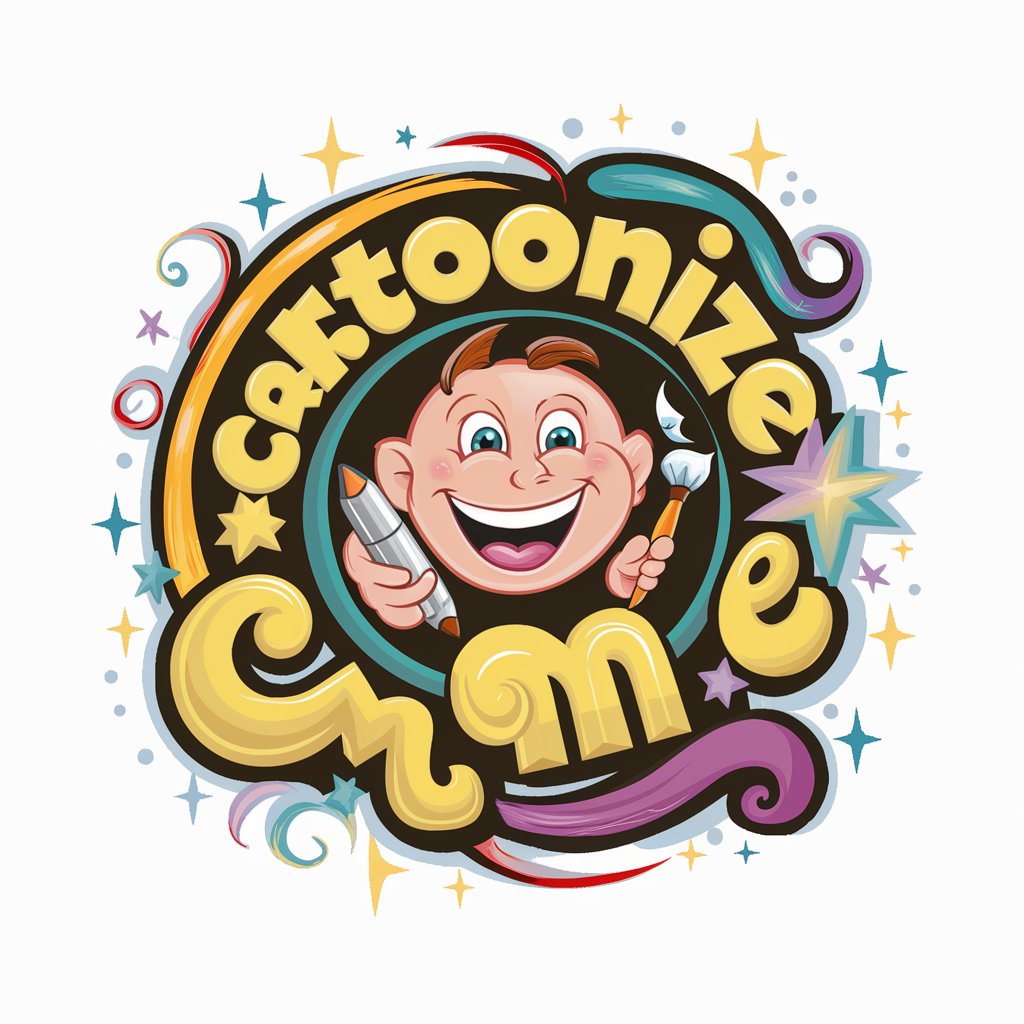
Cartoonize
Transform photos into cartoons with AI magic
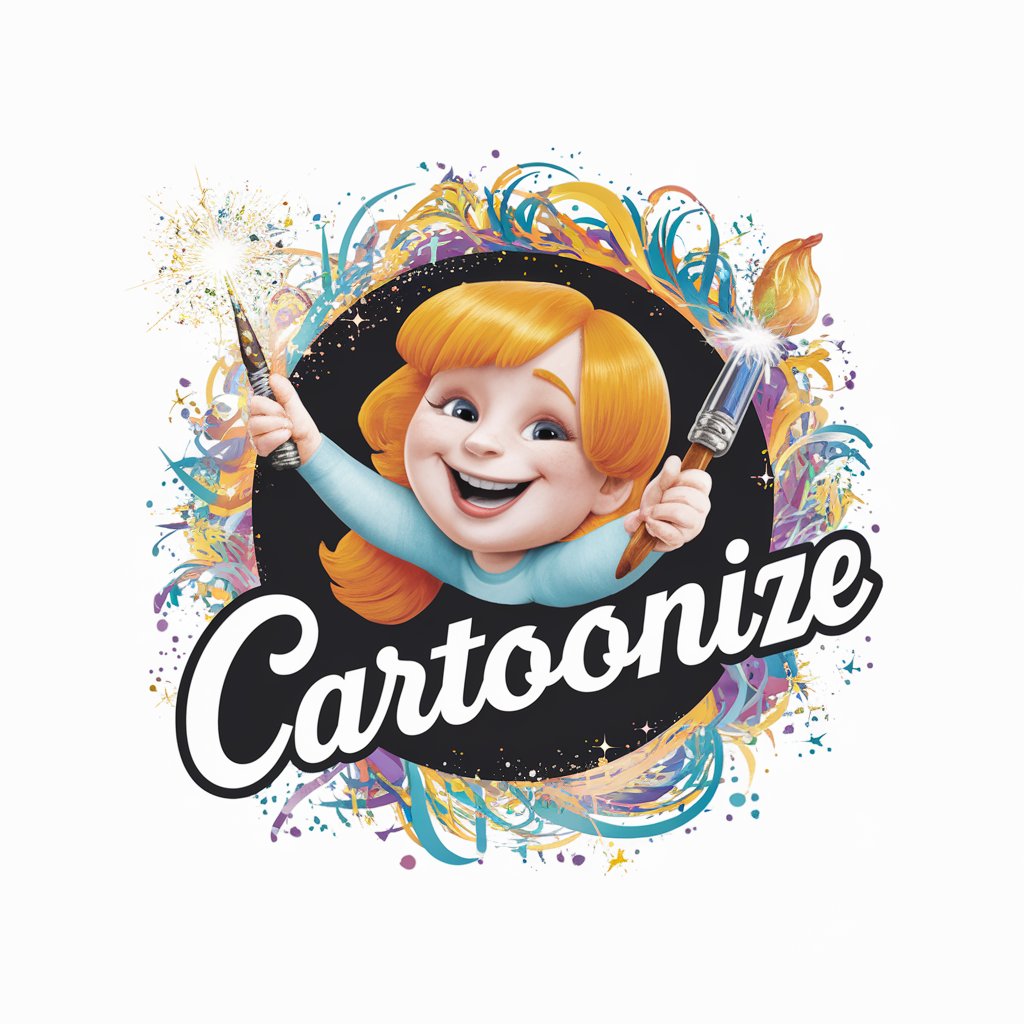
Frequently Asked Questions About Bolt By Sprint Creative
What is the Bolt Campaign Structure?
The Bolt Campaign Structure is a strategic approach to dividing an advertising budget between Facebook and Google Ads, ensuring an optimal mix of Testing and Scaling campaigns on Facebook, and a tailored approach across Performance Max, Shopping, and Search campaigns on Google.
How do I decide the split between Facebook and Google Ads?
The split depends on your advertising goals, target audience, and previous campaign performance. Generally, a balanced approach with adjustments based on real-time performance data yields the best results.
Can Bolt By Sprint Creative help with ad creative design?
While primarily focused on budget allocation and campaign structure, Bolt By Sprint Creative offers guidelines and best practices for ad creative design, particularly in the context of Testing Campaigns on Facebook.
Is Bolt By Sprint Creative suitable for small businesses?
Absolutely. Its budget-friendly approach and emphasis on Testing Campaigns make it ideal for small businesses looking to optimize their ad spend and discover effective ad creatives.
How can I measure the success of my campaigns using Bolt By Sprint Creative?
Success measurement relies on tracking key performance indicators (KPIs) such as return on ad spend (ROAS), conversion rates, and customer acquisition costs across both platforms, aligning with the initial campaign goals.